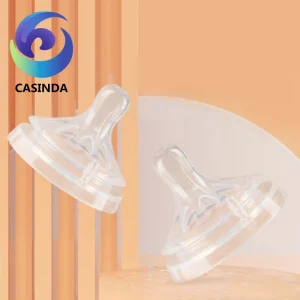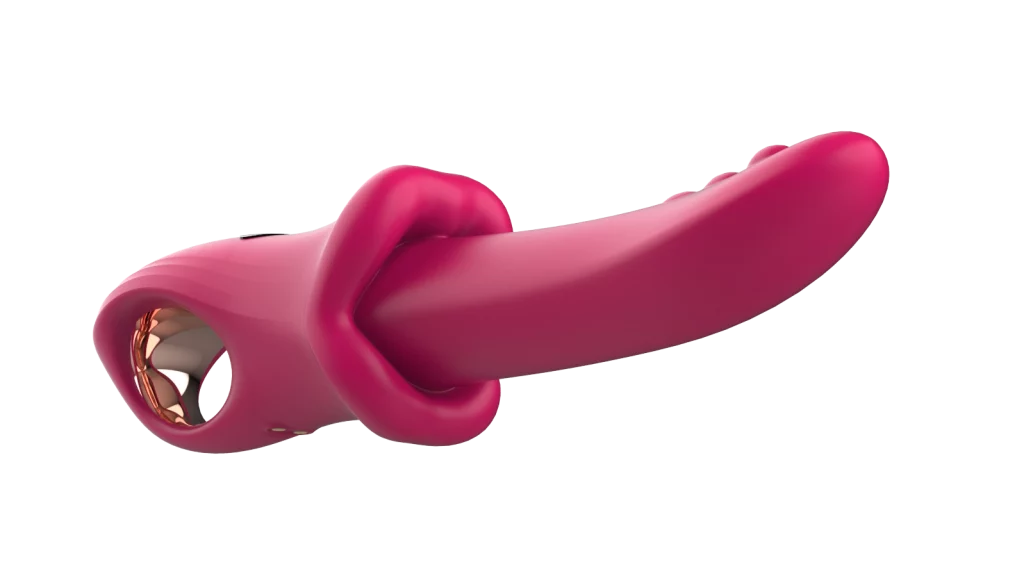![]()
Methods to Sterilize Silicone Pacifiers
Ensuring the safety and well-being of your baby involves a process of sterilizing silicone pacifiers to remove harmful bacteria and germs that may pose a risk to your child’s well-being. Dive into methods of effectively sterilizing silicone pacifiers here.
Boiling Method
Boiling remains a tried and true technique, for sanitizing silicone pacifiers harnessing temperatures to eliminate bacteria and harmful microorganisms.
Step-by-Step Guide to Boiling
Begin by ensuring that you have a pot filled with water to completely submerge the pacifiers in it and place it on the stove to heat up until the water reaches a vigorous boil. Once the water is boiling vigorously. Bubbling away nicely lower the silicone pacifiers into it using either tongs or a spoon to avoid any potential burns and allow them to simmer for approximately five minutes. After boiling them in the water for a few minutes carefully remove the pacifiers using tongs and lay them out on a towel or drying rack, to air dry thoroughly.
Precautions When Boiling Pacifiers
When you’re boiling silicone pacifiers to clean and sanitize them for your kids later it’s important to keep an eye on the pot to prevent overheating that might damage the pacifiers quality. These pacifiers are designed to withstand pressures of up to 500 PSI. Can bear, up to 88 pounds showcasing their durable build and emphasizing the importance of being careful when boiling them. Be sure to avoid letting any part of the touch the sides of the pot to prevent any distortion or harm.
Steam Sterilization
Another efficient technique is steam sterilization, which involves using steam heat to clean silicone pacifiers without the need, to submerge them in water.
Using a Microwave Steam Sterilizer
A microwave steam sterilizer offers a quick and efficient way to sterilize silicone pacifiers. Simply place the pacifiers in the sterilizer according to its instructions, add water, and microwave it for the recommended time. The steam generated inside kills bacteria effectively.
Electric Steam Sterilizers: How They Work
Electric steam sterilizers are crafted with a focus on baby essentials such as bottles and pacifiers using steam to achieve sterilization without water contact at high temperatures within a closed environment to ensure product safety and integrity during sterilization processes with a high degree of precision in the injection and vulcanization stages of liquid silicone machines, for reliable performance.
Cold Water Sterilization
Sterilizing baby items, with water includes the use of specialized chemical solutions made for sanitization purposes.
Choosing the Right Solution for Cold Water Sterilization
Choose a cold water sterilizing solution that’s gentle enough, for baby items and does not contain any harmful substances that might linger on silicone surfaces after use.
Steps to Effectively Use Cold Water Sterilization
Follow the manufacturer’s guidelines to create a solution in a container and fully submerge the silicone pacifier, in it without any air bubbles trapped inside any part of it for at least 30 minutes before using clean hands or utensils to remove them and rinse thoroughly under running water before letting them air dry on a clean surface.
Frequency and Timing of Sterilization
![]()
It’s important to clean silicone pacifiers to keep them hygienic and, in good condition over time.
How Often Should You Sterilize Silicone Pacifiers?
Before giving babies silicone pacifiers it’s recommended to sterilize them and continue doing it regularly especially daily if the baby is under six months old, with a still developing immune system.
Signs That Indicate the Need for Immediate Sterilization
If your little one isn’t feeling well or if you see any dirt or grime on their pacifier after they’ve used it (especially if it’s been dropped) it’s important to sterilize it away regardless of when you usually clean it.
Maintenance and Care of Silicone Pacifiers Post-Sterilization
Keeping them maintained ensures they will last longer and stay safe when not in use.
Proper Storage Techniques to Keep Pacifiers Clean
Make sure to keep the silicone pacifiers clean and dry by storing them in cases away from dust when they’re not in use, by your child. Avoid placing them on countertops where germs could build up without you realizing it over time.
Inspecting Pacifiers for Wear and Tear
Make sure to examine each item after cleaning sessions. Pay attention to areas around seams and joints where weaknesses could emerge without warning. If you notice any signs of damage, like unexpected cracks or tears replace the item right away to prevent any further issues.
Addressing Common Concerns and Misconceptions
Can Over-Sterilization Damage Silicone Pacifiers?
Many parents worry about the effects of sterilization on silicone pacifiers and whether it can cause damage to the material in the long run. Although silicone is recognized for its strength. Boasting a strength of up to 500 PSI and resistance of 88 LBS. It’s crucial to be cautious when sterilizing these pacifiers. Subjecting them to temperatures or harsh chemicals repeatedly may eventually weaken the material. Therefore following the recommended sterilization procedures and durations is essential, for preserving the quality of the pacifier over time.
Debunking Myths About Silicone Material Safety
Many false beliefs exist about the safety of silicone materials, in baby products One common myth suggests that heating silicone may lead to the release of substances Yet silicone rubber O rings are commonly used in seals and medical settings for being nontoxic colorless, and tasteless serve as proof of the safety of the materials even at elevated temperatures furthermore the makeup and structure of silica gel play a role in giving it unique qualities that set it apart from other materials; it’s exceptional adsorption capabilities and thermal stability coupled with its consistent and safe chemistry make silicone a preferred option, for baby products.
CASINDA Custom Silicone Products Introduction
CASINDA is known for creating top-notch silicone products that cater to a variety of requirements. Our emphasis on creativity and ensuring customer contentment is evident, in the array of personalized options that prioritize accuracy and safety.
Expertise in Custom Silicone Solutions
CASINDA team of experts includes technicians and engineers who possess broad expertise in the industry field. We have an understanding of silicone production methods and material characteristics enabling them to create effective solutions that enhance efficiency and cut down expenses. Our capacity to respond promptly by issuing quotations in 1 to 3 days and delivering samples, for silicone products within 7 days guarantees service without sacrificing quality.
Advanced Production Capabilities
CASINDA demonstrates its dedication to excellence through its production facilities that are outfitted with advanced equipment like liquid molding machines which enable precise injection and vulcanization processes, for ensuring uniform product quality and meeting various customer needs with customizable mold designs.
Quality Assurance and Testing
CASINDA has a team of experts who use advanced testing tools to guarantee that all products adhere to strict quality criteria. We utilize equipment such as scales and digital calipers for accurate measurements and special instruments like Shore durometers to evaluate material hardness.
FAQ
Q: Are silicone pacifiers better for teeth?
A: Food-grade silicone pacifiers are frequently considered the choice as they do not contain harmful substances such as BPA.
Q: How often should you replace silicone pacifiers?
A: Pacifiers must be replaced after 4-8 weeks of use, depending on how much the pacifier is used during this time.







